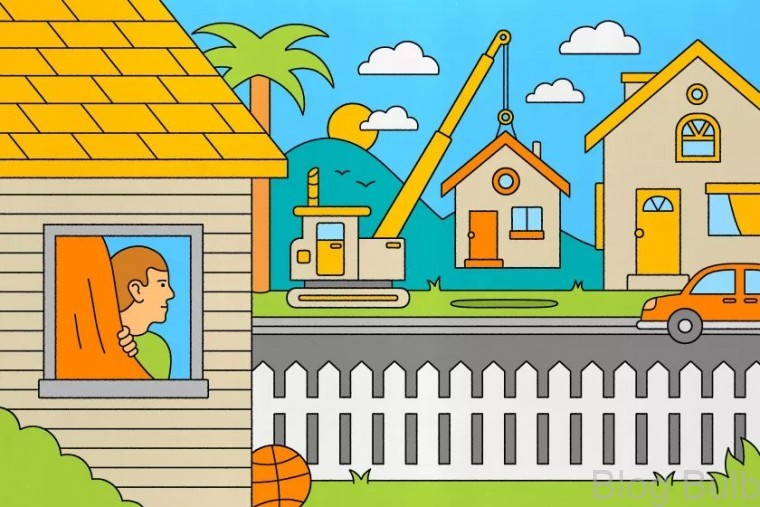ADUs, also known as “granny flats” or “in-law units,” are secondary dwelling units located on the same property as a primary residence. They can be attached or detached from the main house and typically have their own entrance, living area, kitchen, bathroom, and bedroom.
Here are some key things to know about ADUs in Southern California:
Local regulations: ADU regulations vary by city and county in Southern California, so it’s important to check with your local government to determine what is allowed in your area. Some cities have more relaxed regulations, while others have stricter rules about the size and placement of ADUs.
Permits: You will need to obtain permits from your local government to build an ADU. The permitting process can be time-consuming and costly, so it’s important to plan ahead and budget accordingly.
Your guide to ADUs in Southern California Photo Gallery
Size limitations: In California, ADUs can be no larger than 1,200 square feet for a detached unit and 50% of the existing living area for an attached unit. However, some cities have more restrictive size limits, so it’s important to check with your local government.
Parking requirements: Some cities require that ADUs have their own parking space, while others allow for shared parking with the primary residence. Again, it’s important to check with your local government to determine what the requirements are in your area.
Rental restrictions: Some cities in Southern California have restrictions on renting out ADUs as short-term vacation rentals. In addition, many cities require that the property owner live on the property, either in the primary residence or the ADU.
Financing options: There are a variety of financing options available for building an ADU, including home equity loans, cash-out refinancing, and construction loans. It’s important to explore your options and find the best financing option for your needs.
Overall, building an ADU in Southern California can be a great way to add additional living space to your property and potentially generate rental income. However, it’s important to do your research and comply with local regulations to ensure a successful and legal project.
Maybe You Like Them Too
- Creative and Lucrative Ways to Earn Money in the USA
- Making Money: Opportunities, Trends, and Risks
- How to get started managing your retirement assets




